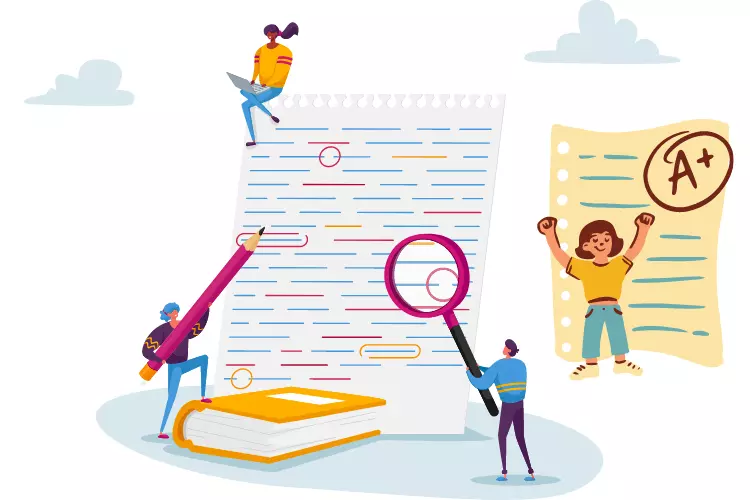Data science uses numbers to uncover clear insights from data. Every day, schools compile test results, attendance logs, and grades. This data can be easily sorted to reveal where pupils learn best and where they need more support. Many teachers face piles of data but lack the tools to turn them into actionable steps. Demystifying data science can open new paths for stronger lessons and fair support. Knowing core ideas helps educators guide each learner. Clear facts from data build a solid base for teaching choices and school plans.
Understanding Data Basics in Education
Data science can use simple facts like test scores and attendance numbers to form clear pictures of student progress. A teacher can group scores by subject to spot strong and weak areas. An educator can track attendance trends to see patterns of absences. Basic data tools help sort information into tables that show averages and ranges. Each table can highlight where additional instructional time is needed. Data science can help set clear goals by showing current performance levels. When core numbers are clear, staff can plan lessons that focus on real needs. Repeating this process each term gives a steady view of growth. A solid foundation in data provides every school with a strong starting point for improved learning.
Using Data Tools for Insight
Simple apps and software give quick charts that show trends at a glance. A chart can track class grades across weeks to show steady gains or sudden dips. An educator can click on a point to see the exact values behind a chart bar. Data tools can join different data sets, for example, combining reading scores with attendance records. This mix can reveal links between effort and achievement. Tools that use clear menus and labels help staff explore without needing deep technical skills. Every chart or table that appears can help guide decisions on lesson plans, extra practice, or parent contact. Easy-to-use interfaces let educators focus on the information, not on complex steps. With straightforward tools, data science becomes an accessible support in the classroom.
Interpreting Charts and Tables
Tables and charts provide a clear picture of learning gaps and trends. A line chart can highlight rising or falling scores over months in a subject. A table can compare average scores across different groups, such as grade levels or class sections. Educators can read a chart’s legend to match colors with topics or groups. Clear labels on each axis show what numbers represent, such as score ranges or attendance percentages. Simple titles let anyone understand the focus of a chart. Interpreting these visuals helps staff quickly identify areas of success and areas needing improvement. Every chart can guide targeted actions, such as adding group work or one-on-one help. Learning to read charts and tables turns raw numbers into clear steps for better teaching.
Integrating Virtual Labs into Curriculum
Virtual lab for computer science and other technical subjects let learners practice skills in a safe online space that simulates real experiments. An educator can set up a virtual lab for coding or data analysis without needing physical equipment. Students interact with dashboards that show code results, graphs, and real-time feedback. Simulations can range from simple number sorting to building small algorithms that sort data automatically. These labs collect user inputs and outcomes, feeding into data sets that track student progress. Every lab session can feed data science tools with fresh information on student choices and accuracy. Instructors may use this information to tailor follow up lessons on topics that need more practice. Virtual labs enhance student engagement and comprehension by combining data collection with practical learning.
Maintaining Privacy and Ethics
Data science in schools calls for clear rules to protect each student’s details. Teachers may restrict access so that critical documents such as behavior reports or medical notes are only seen by authorized personnel. Simple passwords and secure storage keep data safe. Anonymized datasets remove names before analysis to focus on trends without exposing personal identities. Clear policies tell everyone what data is okay to share and what is off-limits. Transparency with families about data use builds trust. Every action that involves data should follow school and regional laws on privacy. Ethical use of data science respects each learner’s rights and maintains a safe environment. Upholding these standards ensures confidence in using data for better education.
Conclusion
Clear data science skills give schools a strong way to support learners. Simple basics, easy tools, clear visuals, virtual labs, and strict privacy rules work together to build trust and growth. Strong data habits guide every lesson and plan. When facts drive choices, teaching stays focused on real needs. A school built on clear information and care brings steady success and fair support for every student, creating an environment where learning grows day by day, and achievements stand on solid ground.




